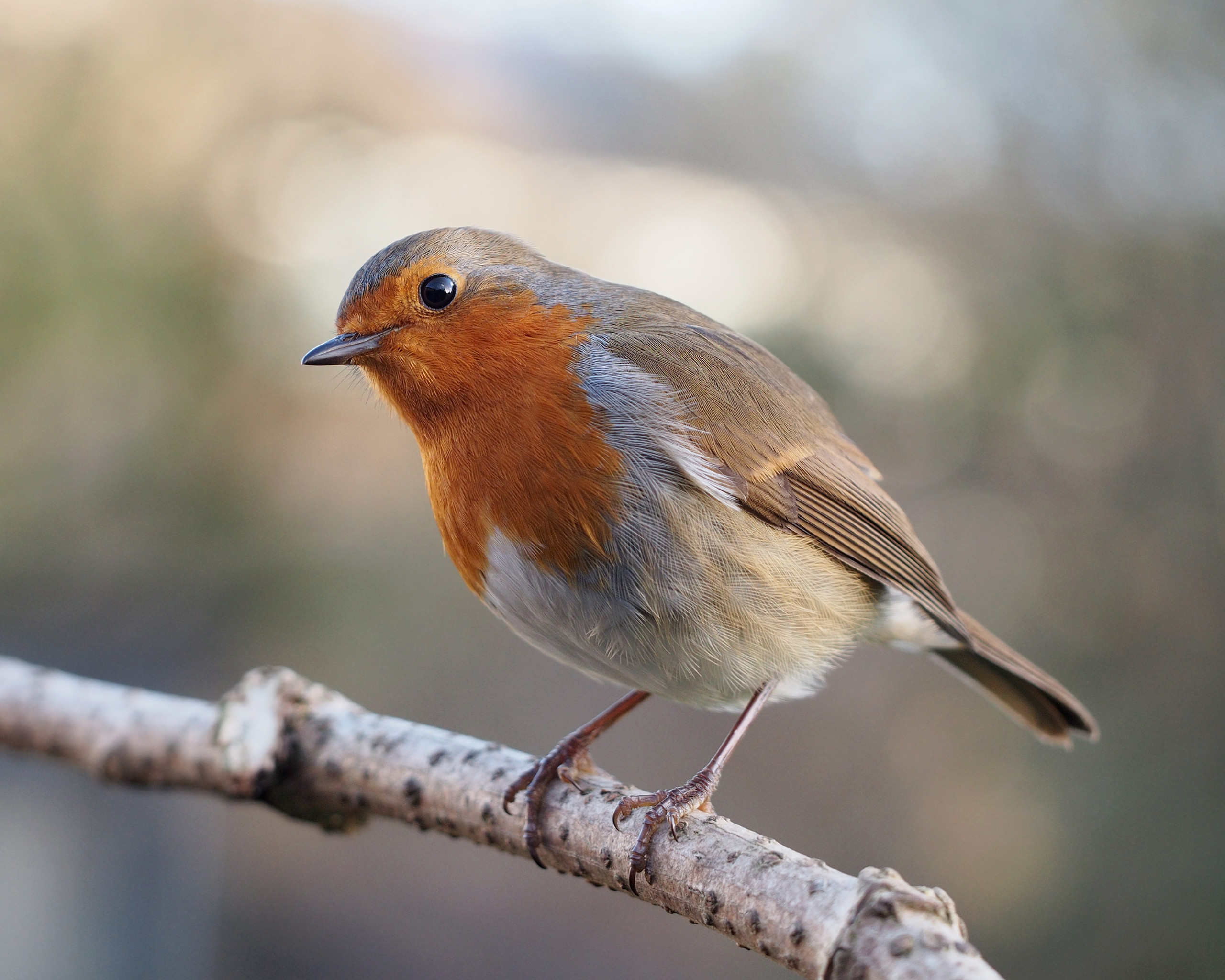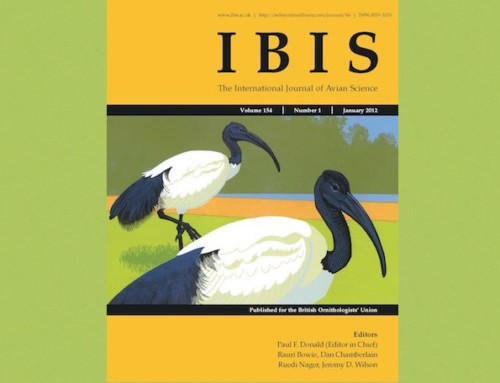LINKED PAPER
Towards redressing inaccurate, offensive and inappropriate common bird names. Driver, R.J. & Bond, A.L. 2021 IBIS. doi: 10.1111/ibi.12984 VIEW
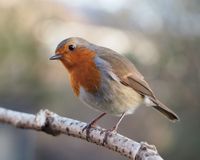
Chaffinch. Wren. Rook. Chough. Starling. Bittern. Chiffchaff. Siskin. Sparrowhawk. Hawfinch. The list goes on. The English common names of many of Britain’s birds are simple, frequently have few syllables and are deeply rooted in British vernacular and tradition. For example, in the late Middle English period, giving human nicknames to common species was popular in Britain, and Erithacus rubecula, which was formerly named the Redbreast, had Robin Redbreast added in, and Robin stuck (Choate 1985). Redbreast was originally from High German Ruodperht, but was replaced simply by Robin (Choate 1985). The name Robin is likely 500 years old, its coinage harkens back to thoughts of when the familiar (often tame in the British Isles) garden bird was likely perceived as a little companion, as it still is today. The common English name Nightjar first appeared 400 years ago in the 17th century, the –jar suffix referring to unusual (“jarring”) noises made when the male is with an incubating female (Online Etymology Dictionary).
These storied names, often changing with cultural shifts or as more knowledge (verified or false) was acquired about a species, are not the types of names that we focus on in our paper surveying instances of inaccurate, offensive and inappropriate bird names, published in Ibis. While many European English bird names do not follow in step with the bird names listed above, the overall landscape of English common names across the world colonized by European empires have a markedly different history. During the 19th century, for example, European naturalists were scrambling to describe specimens pouring in from across the world, assigning scientific names and establishing vouchers for the species in the realm of Western science. Many of the common names across the world today are a derivation of these scientific names. Taxonomists, who had often never seen the species alive, assigned the scientific names, with little more to go on than field notes from the collector. These are the names handed down to much of the world, where even the casual observer may be more knowledgeable about the species than the descriptor, yet from now until eternity, we must evoke the names derived from the descriptor.
In our paper, we focus on examples of English bird names that contain offense and the actions taken by ornithological societies across the world (particularly Sweden, South Africa, Hawaii and North America) to address these issues. We also focus on New Zealand, where many birds retain their indigenous common names. We focus on these offensive examples because with the general resistance towards changing English bird names, we believe that if anything is to be changed, it is to be in the footsteps of these most critical examples.
For the purposes of this blog post, I would like to expand upon renaming birds to address names that are, while not outright derogatory, in need of improvement. Recently, I was talking with someone about the Ibis paper. They asked me, how many bird names in total do you think that you would recommend changing? When I heard the question, I thought about one certain answer, the 150 or so honorific names in North America compiled by Bird Names for Birds. However, I then realized that I could not answer this question because finding out the answer is not only subject to personal decisions that will differ from person to person, but also requires a thought journey with research and background knowledge into every name. To illustrate the complexity of this issue, I would like to describe three Wood Warblers (Parulidae: Setophaga), each named after a tree species. The three species names on the surface all seem similar, but differ substantially in relevance to the species, illustrating the difficulty of characterizing the total set of names that should be addressed.
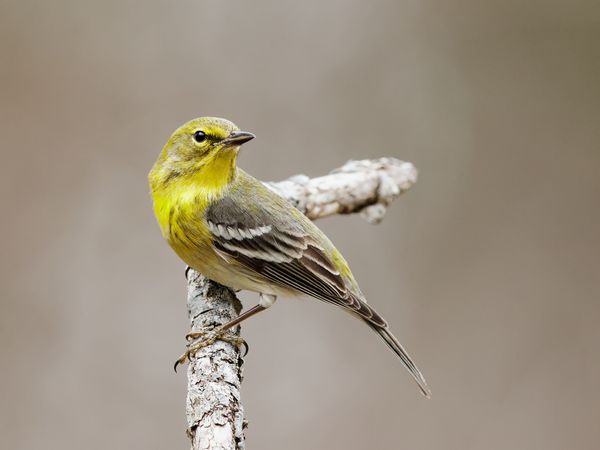
Figure 1 Pine Warbler (Setophaga pinus) © Shenandoah National Park CC BY-PDM-1.0 Flickr.
- Pine Warbler (Setophaga pinus) – scientific name from Linnaeus 1766
The Pine Warbler is an example of a bird that is inarguably named appropriately and well. At East Carolina University, it is one of the most common year-round residents, with its familiar trilling song echoing throughout the campus. When walking in a new area, perhaps even a car park, I may hear the song at which point I will look up and sure enough in the direction of the song I will see a stand of pines. This species is tied to pines and is unusual for a wood warbler in that it is largely granivorous, feeding on pine seeds (Rodewald et al. 2020). This diet allows it to overwinter in the United States and gives it one of the most restricted tropical ranges of any wood warbler (Rodewald et al. 2020). In these ways and others, pine forests define many aspects of the Pine Warbler’s history and ecology.
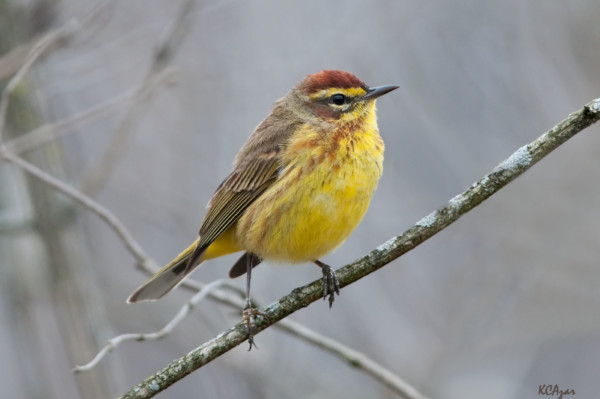
Figure 2 Palm Warbler © Kelly Colgan Azar CC BY-ND-2.0 Flickr.
- Palm Warbler (Setophaga palmarum) – scientific name from Gmelin 1789
The Palm Warbler is a reddish and yellow Wood Warbler with two distinct races and known for its constant tail pumping. It is found primarily in eastern North America with eastern populations wintering in the southeastern US, the Caribbean, parts of Mexico and Central America (Wilson 2020). The name Palm Warbler is unusual for a North American bird. Unlike the Summer Tanager (Piranga rubra) or Canada Warbler (Cardellina canadensis), the Palm Warbler is named for a characteristic of its wintering grounds, specifically in Hispaniola. While this is a welcomed exception, a North American migratory bird named for a characteristic it exhibits primarily outside of North America is unfounded. The naturalist Johann Friedrich Gmelin apparently only knew that the Palm Warbler type specimen was collected in Hispaniola, an island that he knew also had palm trees. I am personally unaware of any field notes received by Gmelin that indicated the specimens showed affinity to palms, although I have not personally seen a Palm Warbler in its winter range, I am unable to find published evidence showing a preference for palms. Palm Warbler therefore has no distinct connection to palms that I am aware of, and yet, this is the name that is saddled to the bird for all ornithologists, birders and the general public.
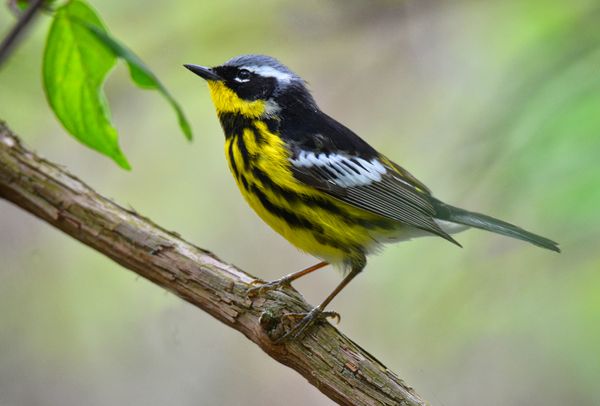
Figure 3 A migrating Magnolia Warbler (Setophaga magnolia) at Magee Marsh in Ohio © Rodney Campbell CC BY 2.0 Flickr.
- Magnolia Warbler (Setophaga magnolia) – scientific name from Wilson 1811
The Magnolia Warbler has one of the most ornate plumages of any wood warbler species, the male boasts a plethora of field marks worthy of a namesake. The white stripe behind the eye, the bold yellow and black breast and flank streaks, the white tear drop and the characteristic white fanned tail are all useful field marks for this species in North America. Alexander Wilson, often referred to as the father of American ornithology, thought that the most appropriate English name for this species was Black-and-yellow Warbler (Dunn and Hall 2020). He assigned the specific epithet as magnolia because he encountered the type specimen in magnolias when shooting migrants in Mississippi. While many species’ English names are named after their type locality, e.g., Tennessee Warbler and the Connecticut Warbler, few are named after the tree that the type specimen was presumably perched or fluttering in when it was shot. If this were a more common practice, perhaps more tropical species would be referred to as the Mist Net Warbler, Tanager or Antbird. Therefore, of all the characteristics of the Magnolia Warbler that could be mentioned and in the totality of the history of the species’ evolution, all English speakers must reference one small moment pertaining to the tree that the type Magnolia Warbler was in at a specific moment in the early 19th century.
Offensive names are important to change, therefore, this is the critical focus of our Ibis paper. The way that the names impact marginalized communities combined with the unwillingness to change them sends a stark message. These are the more important names to consider changing first. However, it is important that so many misnomers in bird names also at least enter the consciousness of ornithologists and birders. Why do we settle for misnomers? For the novice birder, the misnomers provide no information and learning the name of the species becomes nothing more than strict memorization, since the name is meaningless. It aids nothing to an understanding of the bird’s behaviour, ecology, or identification – instead, it misleads. We need to unlearn that no, Palm and Magnolia Warblers do not have a particular affinity for nesting in these trees, do not prefer foraging in them over other trees, or do not exhibit any of the ecological relationships with these trees that the Pine Warbler has for pines. Yet, these names, despite a lack of meaning, will persist indefinitely, that is, until someone decides to make a change that will impact future generations of birders and nature lovers for the better.
References
Choate, E.A. 1985. The Dictionary of American Bird Names. Boston, MA: The Harvard Common Press. VIEW
Dunn, E.H. & Hall, G.A. 2020. Magnolia Warbler (Setophaga magnolia) version 1.0. In Rodewald, P.G. (editor) Birds of the World. Cornell Lab of Ornithology, Ithaca, NY, USA. VIEW
Online Etymology Dictionary. 2021. Nightjar. Accessed 28 September 2021. VIEW
Rodewald, P.G., Withgott, J.H. & Smith, K.G. 2020. Pine Warbler (Setophaga pinus), version 1.0. In Poole, A.F. (editor) Birds of the World. Cornell Lab of Ornithology, Ithaca, NY, USA. VIEW
Wilson Jr., W.H. 2020. Palm Warbler (Setophaga palmarum), version 1.0. In Poole, A.F. (editor) Birds of the World. Cornell Lab of Ornithology, Ithaca, NY, USA. VIEW
Image credit
Top right: Robin Erithacus rubecula with cocked head © Francis C. Franklin CC BY-SA-3.0 Wikimedia Commons.
If you want to write about your research in #theBOUblog, then please see here.


